Ancient Olympic Games
About the Ancient Olympics
Written for the 2004 Games
What we know today about the ancient games is based on archaeological evidence and ancient written text. The Olympics officially began in 776 BC and ran until the Christian Roman Emperor Theodosius outlawed Pagan festivals in 394 AD. This was a 1200 year uninterrupted span for the Games which was held at Olympia every 4 years. The games were a perfect outlet for the many independent Greek city-states to demonstrate their civic pride. Everyone is familiar with the famous professional warriors produced by the Spartans. These warriors has great athletic skill and training and it became accepted that the games were a better way to compete for victory, a form of mock battle as it were. Although there were no team sports in the Ancient games, an athlete represented his whole City when he entered the arena. Training for the games took place in Elis, a staging ground about 40 miles from Olympia. The Athletes would march into Olympia a day before the games began in a great processional ceremony.
The Olympic games were open to every free Greek citizen who would make the trek from as far away as Asia Minor or the Italian colonies. During the pilgrimage journey and during the Olympic festival itself, there was truce established throughout the land, a ban on warfare and judicial proceedings. Spectators, officials, athletes and trainers felt safe to journey to Olympia. As many as 40,000 spectators would fit into the main stadium and another 30,000 workers, servants, family members and slaves could also have been accommodated in camps around the city. The logistics of having that many people at the festival was challenging to say the least. There were shortages of the basic conveniences we take for granted; not enough water, food, bathrooms or showers. As ripe and unhygienic as the atmosphere was, the Olympics festivals were the place to be for the Ancient peoples. The events lasted officially for 5 days and nights. One was considered to have completed a life goal if they could have attended the games at least once. After all, the Olympics was also a religious festival. The contests, banquets, and rites were held in honor of the great patriarch deity Zeus. A 40 foot tall ivory and gold statue of Zeus, one of the 7 Wonders of The Ancient World, presided in the main temple complex. On the second day of the Festival 100 white oxen were sacrificed at a large altar and the bulk of the meat was cooked and distributed to the spectators in a public feast.
The ancient Olympic athletes were professionals. The democratic society of ancient Greece allowed poor fishermen and illiterate bakers to compete with the aristocratic elite on the playing field. This provided great opportunity for social advancement. Young children who showed promise in sports were sponsored by the village elders and placed with professional trainers. Great financial gain and fame was the prize for victory. Spectators could also profit on betting on the outcome of contests. Officially the winner at the Olympic games was crowned with a laurel wreath, but back home in their native city, he was hailed as a hero, given a parade, a civic position, free meals and a pension for life. Athletes could go around to various contests all year leading up to the Olympics becoming rich. For example, a typical prize for a contest in Corinth or Athens could have been 50 amphora filled with olive oil, the modern equivalent of $40,000. These athletes were treated well. They had entourages, trainers, coaches, and masseuses. Top athletes in antiquity were equivalent to modern day NBA stars!
According to the earliest records, only one athletic event was held in the ancient Olympics--a foot race of about 183 m (200 yd), or the length of the stadium. A cook, Coroibus of Elis, was the first recorded winner. When the powerful, warlike Spartans began to compete, they influenced the agenda. The 18th Olympics included wrestling and a pentathlon consisting of running, jumping, javelin throwing, discus throwing, and wrestling. Boxing was added at the 23d Olympiad, and the Games continued to expand, with the addition of chariot racing and other equestrian events. Of the combat sports, wrestling, boxing and the pankration, the pankration was particularly gruesome.
Olympia was said to be only second to Athens in the beauty of the sculpture. Olympic winners were quick to commission statues of themselves to honor their victories. The Olympics became international in the Roman Empire, open to world athletes but soon the games lost appeal to the spectacle of the Gladiator games of the professional soldiers. The sporting games were held well into the Christian times and in the late 4th Century AD, the great statue of Zeus was removed and hauled to Constantinople. It was destroyed in a fire a century later. Olympia suffered repeated earthquakes, floods and barbarian raids in the 6th and 7th Centuries AD and soon the city was covered over by river silt and laid buried. Olympia and the games were rediscovered in the 18 Century and made popular again in the Victorian era. Today, technology allows the modern games to reach billions of viewers and the format of the games has changed quite significantly but the excitement, competitive spirit, fame for the athletes and the ability to represent your home town is the same as it was in antiquity!
1. Discus
The ancient Greeks considered the rhythm and precision of an athlete throwing the discus to be as important as his strength. The discus was made of either stone, iron, bronze, or lead, and was shaped like a flying saucer and weighed from around 3 to 9 pounds. Sizes varied, since the boys' division was not expected to throw the same weight as the men.
2. Javelin
The javelin was a man-high length of wood, with either a sharpened end or an attached metal point. It was lighter then the standard military issue of the time. It had great advantage over the modern day javelin which made it go further. A leather thong, agkyle, at midpoint on the shaft created a loop for a throwers two fingers which gave him more leverage and greatly increased the precision and distance of a javelin's flight.
3. Long Jump
The long jump was a very difficult event which required excellent balance. Unlike today where jumpers get a running start, the ancients had to commence from a stationary starting position. Athletes used lead or stone jump weights (halteres) shaped like curved barbells which were swung back and forth to provide momentum so as to increase the length of their jump. The halteres were swung out in front of the athlete during his ascent, and forcibly thrust behind his back during his landing. He had to land on his feet or suffer a foul.
4. Running
There were 4 types of races at Olympia. The stadion was the oldest event of the Games. Runners sprinted for 1 stade (192 m.), or the length of the stadium. The other races were a 2-stade race (384 m.), and a long-distance run which ranged from 7 to 24 stades (1,344 m. to 4,608 m.). As if these races weren't enough, the Greeks had one particularly grueling event which we lack. This was a 2 to 4-stade (384 m. to 768 m.) race by athletes in armor. If we remember that the standard hoplite armor (helmet, shield, and greaves)weighed about 50-60 lbs, it is easy to imagine what such an event must have been like. This race was especially useful in building the speed and stamina that Greek men needed during their military service.
5. Wresting
Like the modern sport, an athlete needed to throw his opponent on the ground, landing him on a hip, shoulder, or back for a fair fall. 3 throws were necessary to win a match. Biting was not allowed, and genital holds were also illegal. Attacks such as breaking your opponent's fingers were also permitted.
6. Chariot Race
4 horses were tethered to a war chariot which pulled the driver. Up to 40 chariots were in competition at once. The track with a turning post was 600 yards long x 200 yards wide. The driver had to have great skill to turn his rig past the post at just the right moment or be thrown. The race had 12 laps so they had to turn posts 24 times! There were many accidents and a good deal of carnage. The victory was not to the rider but to the owner of the chariot and horses.
7.Combat Events
For the warrior, his display of athleticism was paramount. Enormous strength could insure loyal comrades on the battlefield and bring you closer to the level of Zeus, who had unlimited physical power. Wrestling was the gentlest of these physical matches or combat sports. Genital holds were illegal. In boxing, Greek rules banned eye gouging and body blows. All blows were always aimed at the head and one could identify a boxer by his horribly disfigured face. There is an incident recorded where a Roman aristocratic boxer was denied his inheritance because his brothers could not recognize him. The deadliest of the combat sports was the Pankration, which also offered the most in prize money. It was a combination of boxing and wrestling where groin kicks, strangulation, arm locks and kicking was legal. This event required the most skill offensively and defensively and competitors did often die.


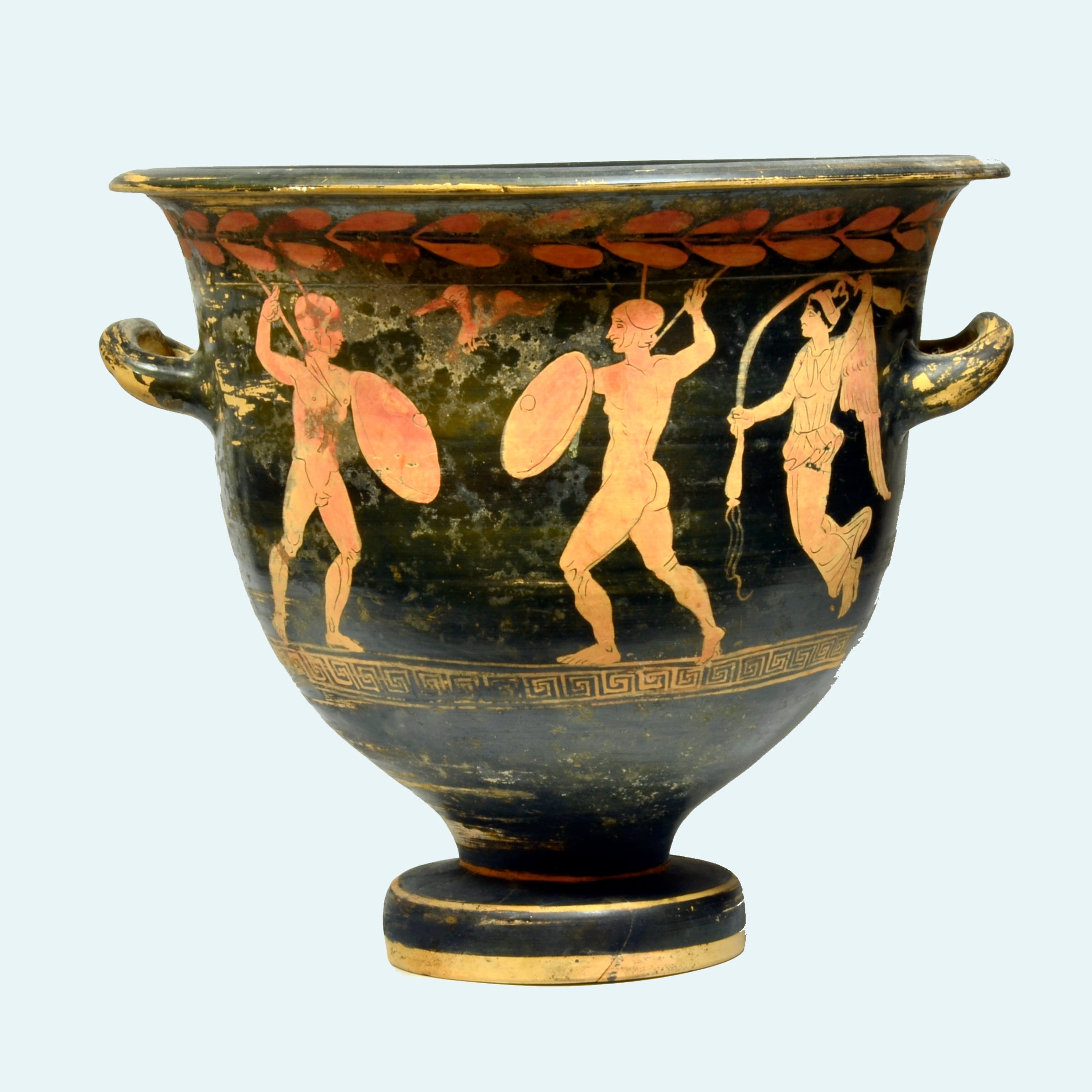
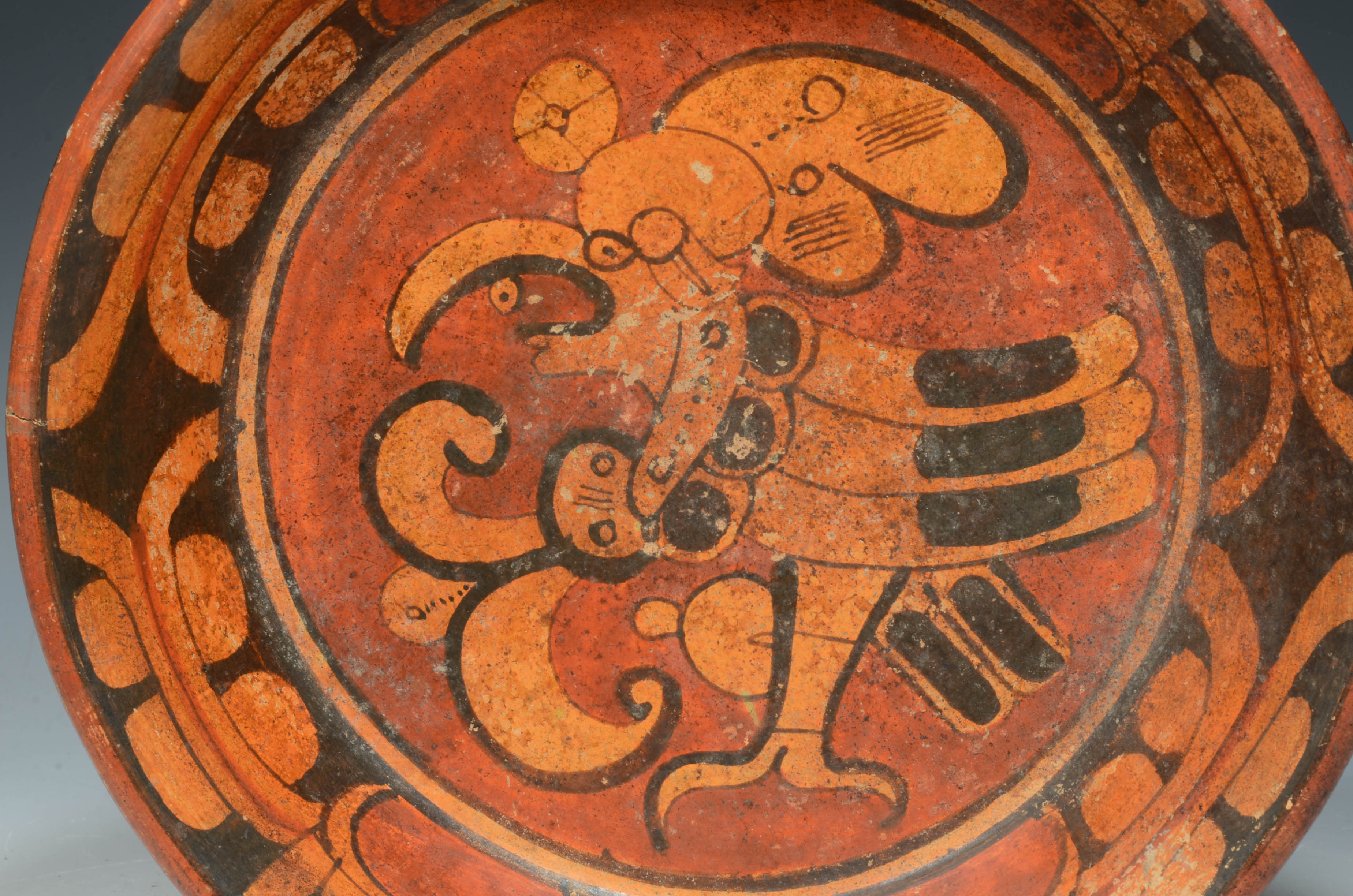
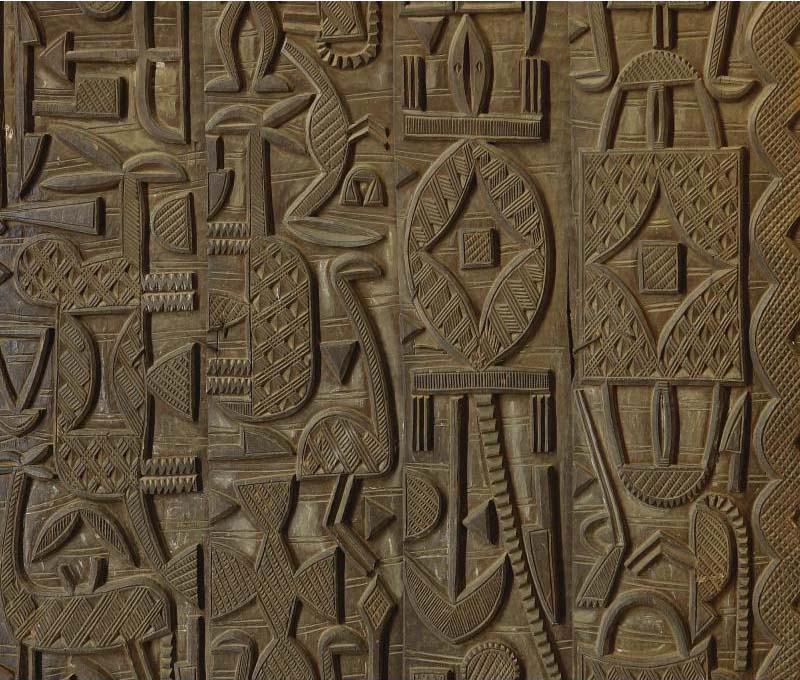
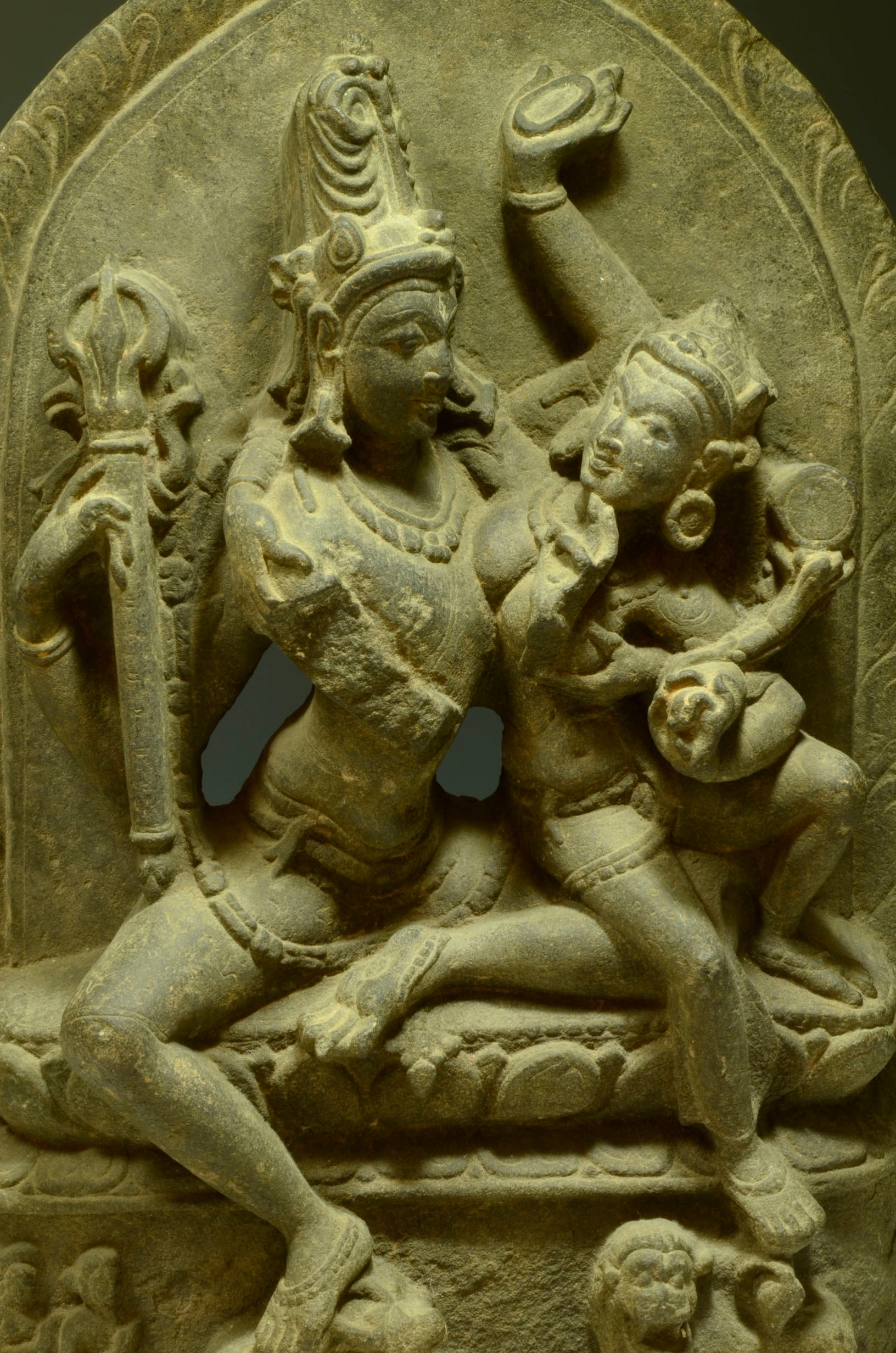

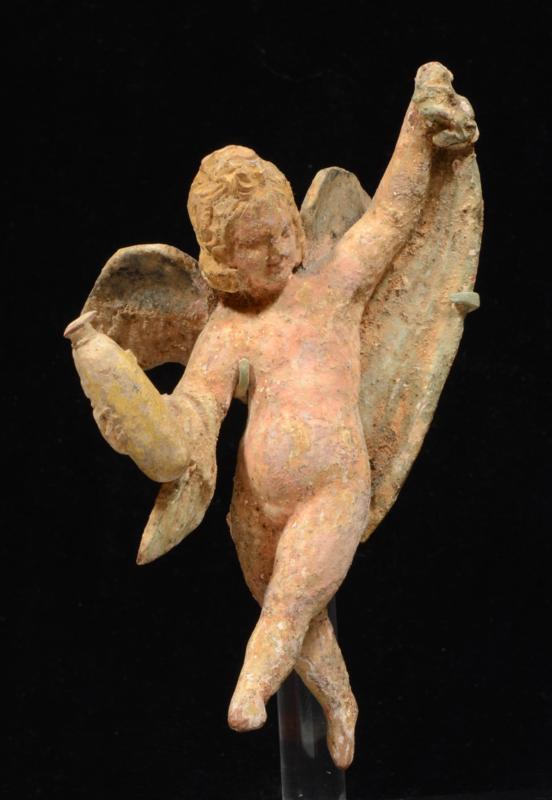
Leave a comment